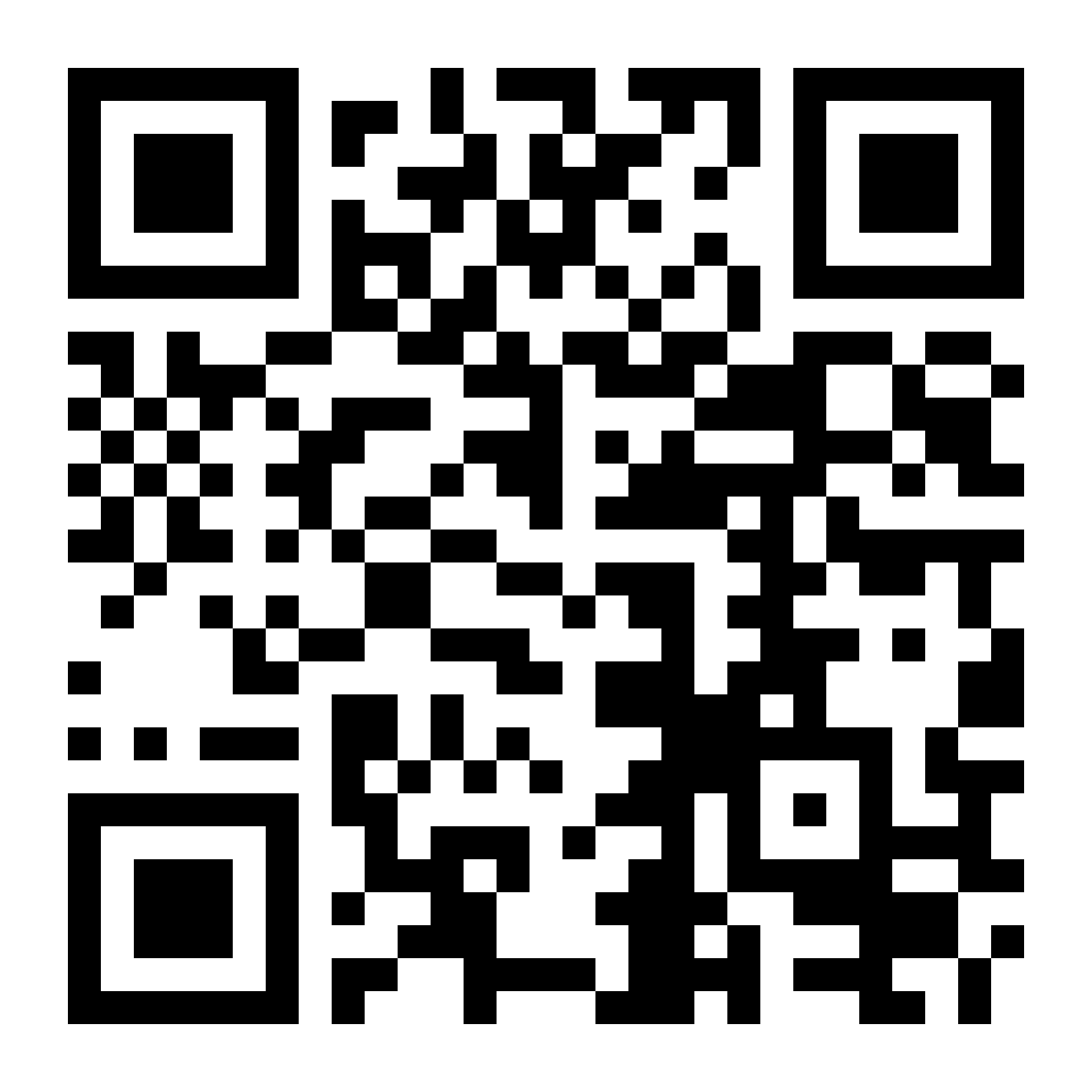Here are some of the most effective indicators for options trading in India:
Relative Strength Index (RSI)
RSI measures the speed and change of price movements on a scale of 0 to 100. A reading above 70 indicates overbought conditions, while below 30 signals oversold conditions. Traders use RSI to identify potential reversals and optimise entry and exit points.
Bollinger Bands
Bollinger Bands consist of three lines: a moving average and two standard deviation bands. These bands expand and contract based on market volatility, helping traders identify breakout opportunities and assess price stability.
Intraday Momentum Index (IMI)
IMI combines RSI and candlestick analysis to evaluate intraday price movements. It helps intraday traders identify overbought or oversold conditions within a single trading session.
Money Flow Index (MFI)
MFI measures trading volume alongside price movements to assess market strength. A high MFI indicates strong buying activity, while a low MFI suggests selling pressure.
Put-Call Ratio (PCR) Indicator
PCR compares the trading volume of put options to call options. A high PCR indicates bearish sentiment, while a low PCR signals bullish sentiment, making it a valuable tool for gauging market sentiment.
Open Interest (OI)
OI represents the total number of outstanding contracts in the market. An increase in OI alongside price movement indicates strong market interest, while a decrease signals weakening momentum.
Exponential Moving Average (EMA)
EMA gives more weight to recent price data, making it a responsive indicator for identifying short-term trends. Traders use EMA to confirm trend direction and identify reversals.
Volume-Weighted Average Price (VWAP)
VWAP calculates the average price of an asset based on trading volume and price. Intraday traders use VWAP to identify price levels where most trading activity occurs, helping them make informed decisions.


















